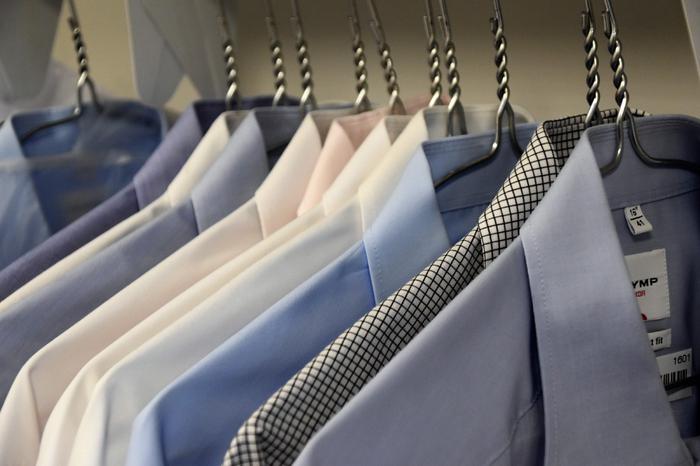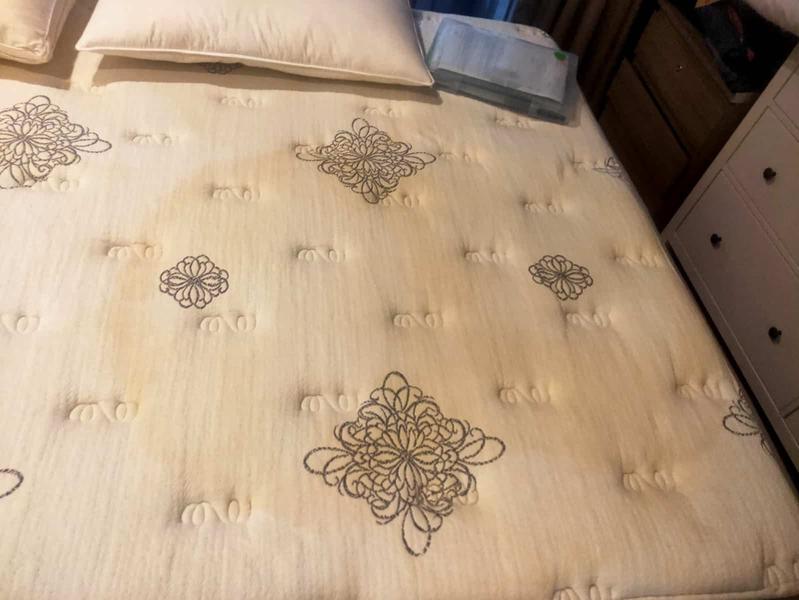What Really Happens to Your Clothes at the Dry Cleaner?
The term dry cleaning is a bit of a misnomer. In the United States, the dry cleaning process refers to cleaning clothes and fabrics by using a chemical solvent that contains little or no water. While cleaning the surface of fabrics, the dry cleaning does not penetrate the fibers like water does in a washing machine.

Dry cleaning is typically used on clothes and fabrics that cannot withstand the rigors of a standard home washer and dryer. This process preserves the desirable qualities of many fabrics and helps to prevent shrinking and stretching. It also eliminates the need for more time-consuming hand washing. Most dry cleaners also offer wet cleaning for washable items like starched shirts, slacks, and household linen.
A History of Dry Cleaning Chemicals
Dry cleaning has been around since Roman times when ammonia was used to clean woolen togas to prevent any shrinking that happens when wool is exposed to hot water. Next, cleaners moved to petroleum-based solvents like gasoline and kerosene which proved to be highly flammable and dangerous to use.
By the 1930s cleaners began using perchloroethylene, commonly called "perc." This chlorinated solvent is highly effective and still used by many commercial cleaners today. Perc has a distinctive chemical odor, and is classified as carcinogenic to humans. In the 1990s the United States Environmental Protection Agency began to regulate dry cleaning chemicals and encourage commercial cleaners to use safer, more environmentally friendly solvents.
Green dry cleaning is based on a carbon dioxide detergent system and cleaning machines that apply pressure to draw liquid carbon dioxide through fabrics to remove soil. There is no heat involved which also makes the process more gentle to fabrics.
The Commercial Dry Cleaning Process
The commercial dry cleaning process begins in your local dry cleaning storefront when you drop off your dirty clothes. Today, most dry cleaners do not have the very large and expensive cleaning equipment on-site; many will transport your laundry to a central cleaning facility. This is more cost-efficient than having machines at every drop-off location. There are several steps for each item cleaned:
How to Get the Best Results From Your Dry Cleaner
Featured VideoCopyright © 2023 furnitureknowledges.com. All rights reserved.







